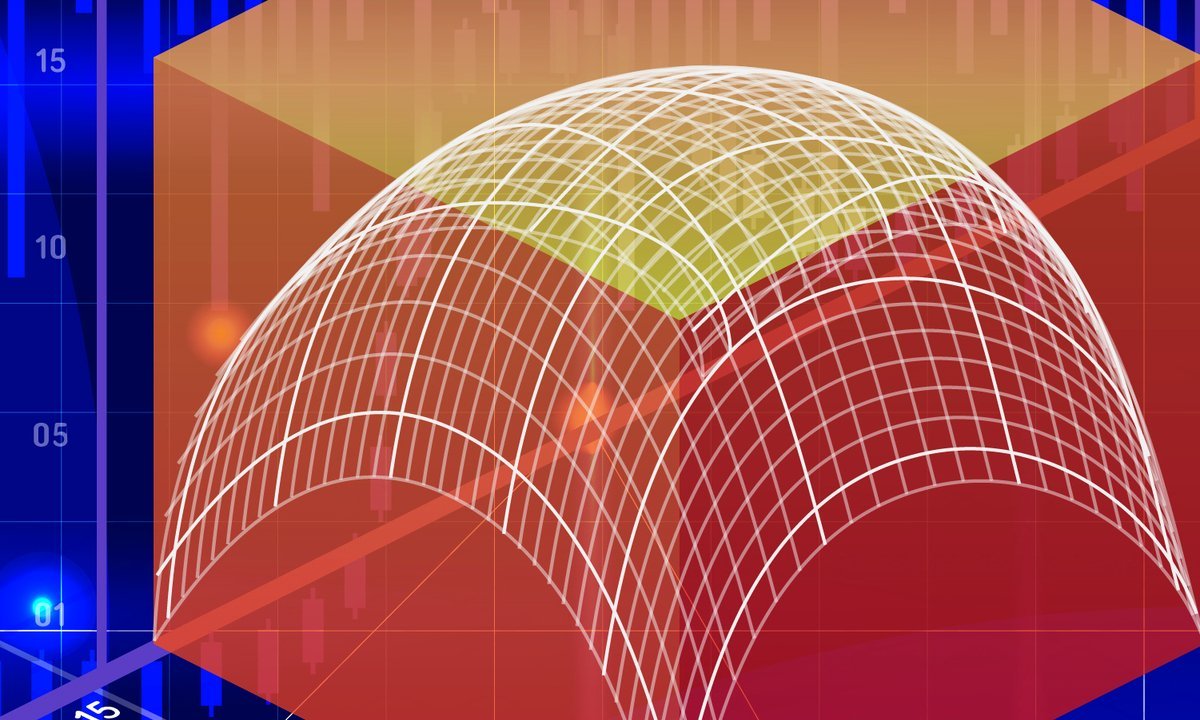
Moocable is learner-supported. When you buy through links on our site, we may earn an affiliate commission.
Description
Calculus through Data & Modeling: Differentiation Rules continues the study of differentiable calculus by developing new rules for finding derivatives without having to use the limit definition directly. These differentiation rules will enable the calculation of rates of change with relative ease the derivatives of polynomials, rational functions, algebraic functions, exponential and logarithmic functions, and trigonometric and inverse trigonometric functions. Once these rules are developed, they are then applied to solve problems involving rates of change and the approximation of functions.
Tags
Syllabus
- Derivatives of Polynomial, Exponential, and Logarithmic Functions
- In previous course, we defined and calculated the derivative as a limit. In this module, we will examine the derivatives of some important functions, including polynomials, exponentials, logarithms, and trigonometric functions. We will also learn differentiation rules which will help us to compute derivatives more efficiently. Finally, we will generalize the idea of a derivative to multivariable functions, and learn how to find derivatives and rates of change on a graph in space.
- The Product and Quotient Rules
- The formulas of this section enable us to differentiate new functions formed from old functions by multiplication or division.
- Derivatives of Trigonometric Functions
- Before starting this module, please review trigonometric functions, in particular their graphs. In this module, we will develop formulas to find derivatives for the common trigonometric functions of sine and cosine. Together with the product and quotient rules, the derivatives for the remaining trigonometric functions are formulated. These new derivative formulas are then added to our catalog to use and apply to solve problems related to rates of change.
- The Chain Rule
- Many functions are created through composition of other functions. In this module, one of the most important of the differentiation rules of this course is developed which will allow us to find derivatives of the compositions of functions. This rule is called the chain rule and has a variety of applications.
- Partial Derivatives
- In this module, the notion of the derivative is applied to multivariable functions through the notion of partial derivatives. Algebraic rules are developed to find partial derivatives of multivariable functions as well as their geometric interpretations. The development of the tools of calculus to multivariable functions allows for further analysis of more complicated data sets.
- Directional Derivatives and Gradient Vectors
- In this module, we continue the application of partial derivatives to find rates of changes in any direction by developing the theory of directional derivatives and gradient vectors. These new tools of multivariable calculus can then be applied to problems in economics, physics, biology, and data science.
- Final Project: Flight Path
- Apply the theory of this course to model a flight path for a landing aircraft.

Calculus through Data & Modeling: Differentiation Rules
Affiliate notice
-
TypeOnline Courses
-
ProviderCoursera
Calculus through Data & Modeling: Differentiation Rules continues the study of differentiable calculus by developing new rules for finding derivatives without having to use the limit definition directly. These differentiation rules will enable the calculation of rates of change with relative ease the derivatives of polynomials, rational functions, algebraic functions, exponential and logarithmic functions, and trigonometric and inverse trigonometric functions. Once these rules are developed, they are then applied to solve problems involving rates of change and the approximation of functions.
- Derivatives of Polynomial, Exponential, and Logarithmic Functions
- In previous course, we defined and calculated the derivative as a limit. In this module, we will examine the derivatives of some important functions, including polynomials, exponentials, logarithms, and trigonometric functions. We will also learn differentiation rules which will help us to compute derivatives more efficiently. Finally, we will generalize the idea of a derivative to multivariable functions, and learn how to find derivatives and rates of change on a graph in space.
- The Product and Quotient Rules
- The formulas of this section enable us to differentiate new functions formed from old functions by multiplication or division.
- Derivatives of Trigonometric Functions
- Before starting this module, please review trigonometric functions, in particular their graphs. In this module, we will develop formulas to find derivatives for the common trigonometric functions of sine and cosine. Together with the product and quotient rules, the derivatives for the remaining trigonometric functions are formulated. These new derivative formulas are then added to our catalog to use and apply to solve problems related to rates of change.
- The Chain Rule
- Many functions are created through composition of other functions. In this module, one of the most important of the differentiation rules of this course is developed which will allow us to find derivatives of the compositions of functions. This rule is called the chain rule and has a variety of applications.
- Partial Derivatives
- In this module, the notion of the derivative is applied to multivariable functions through the notion of partial derivatives. Algebraic rules are developed to find partial derivatives of multivariable functions as well as their geometric interpretations. The development of the tools of calculus to multivariable functions allows for further analysis of more complicated data sets.
- Directional Derivatives and Gradient Vectors
- In this module, we continue the application of partial derivatives to find rates of changes in any direction by developing the theory of directional derivatives and gradient vectors. These new tools of multivariable calculus can then be applied to problems in economics, physics, biology, and data science.
- Final Project: Flight Path
- Apply the theory of this course to model a flight path for a landing aircraft.
Tags
Related Courses


Математика для инженеров: курс по итоговому проекту

Bayesian Networks 3 - Maximum Likelihood - Stanford CS221: AI (Autumn 2019)

Intro to Descriptive Statistics

Equazioni differenziali lineari del secondo ordine

Fundamentos de Álgebra Lineal

Probability and Statistics II: Random Variables – Great Expectations to Bell Curves

Response Surfaces, Mixtures, and Model Building

Factorial and Fractional Factorial Designs

Math Fundamentals (2020)

Learning Algebra: Pre-Algebra

Intro to Calculus
Loading...
Saving...
Loading...

 Online Courses
Online Courses  Coursera
Coursera
